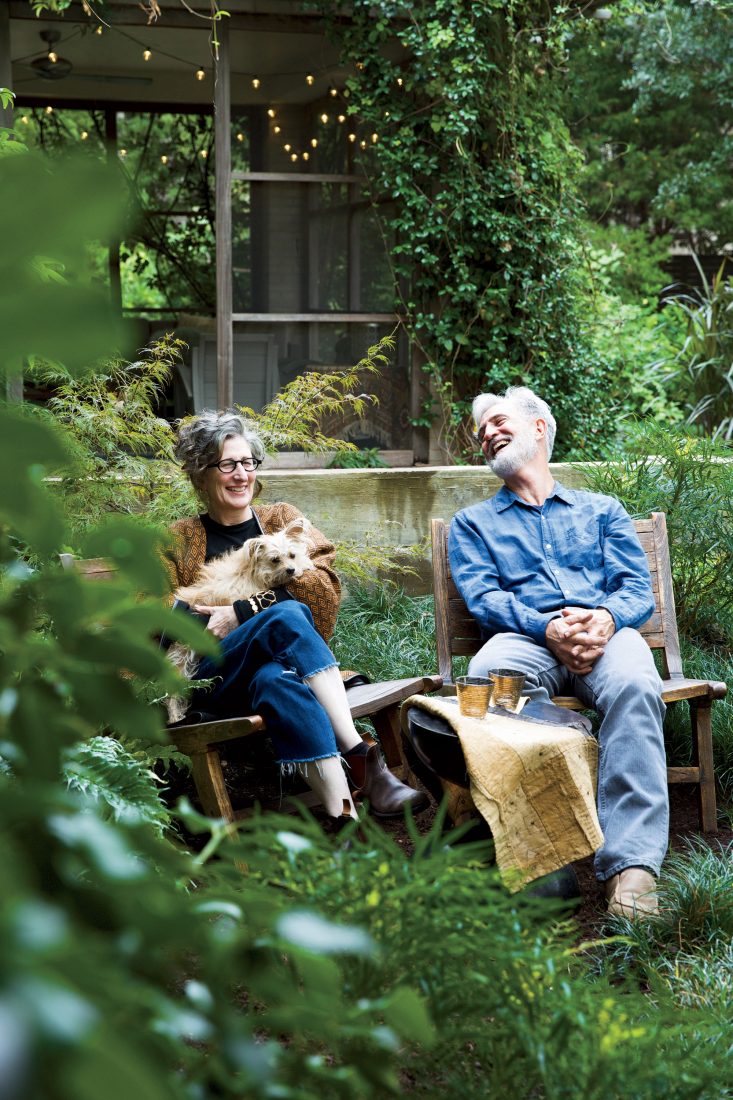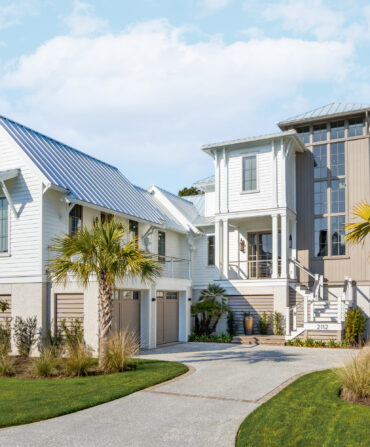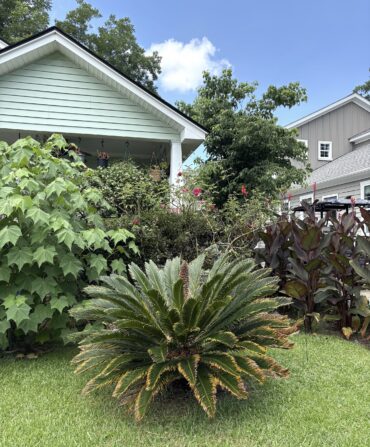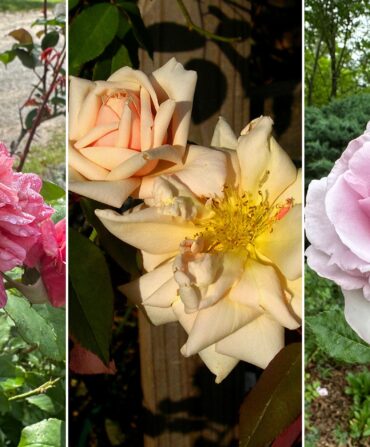Twenty-four years ago, when David Rolston and his wife, Julie Cohn, decided they needed a new home, they did not set out in search of a house. Feeling pinched by the size of the backyard beds at their cozy Dallas bungalow, the couple launched a seemingly quixotic hunt for an urban locale with enough land for a proper garden. In the Lakewood neighborhood, they found the ideal place—a Colonial Revival with a half-acre lawn.
“We pretty much ignored the house, and bought it for the garden,” says Rolston, a landscape architect. “There was nothing but open space and land, surrounded by parks and larger properties, and it felt huge.”

Photo: Kate LeSeur
A pecan tree shades the front yard.
At first, Rolston mostly kept with the sorts of plantings that his clients demanded—blooming beds full of perennials with an abundance of seasonal color. But there was a serious hitch. Even though he had started experimenting with more sustainable design strategies, the yard was taking up to twenty-five hours a week to maintain. That would not have been an issue for Rolston, who was raised on a farm in Iowa, except that he and Cohn had decided to start a family.
When the couple decided to begin the adoption process, Rolston reenvisioned the garden. He dug deep to come up with a more low-maintenance approach, cultivating the hardiest specimens—he claims to work only four hours a week in his own garden now. In 2001, their daughter, Mila, joined them.
Ever since, Rolston has used the yard as a canvas to work out how to meld traditional English garden design—he is a huge fan of the British landscape architect Capability Brown, whose work on the parks surrounding Highclere Castle is familiar to fans of Downton Abbey—with a more modernist planting approach. Instead of flower beds, Rolston emphasizes “form, texture, and structure.”

Photo: Kate LeSeur
Unmowed zoysia grass softens hardscape pavers near the sunporch addition.
Today, a small patch of the original lawn remains, but beneath the canopy of shade trees, sedges are gaining traction. To complement them, Rolston selected native Eastern red cedars, drought-resistant yews, and oakleaf hydrangeas, among other tenacious species. Those are not only suited to the low-acid soils of the Southern blackland prairie, but they can also withstand the seasonal monsoons and searing summers that afflict gardeners across Texas. Four water features irrigated by a rainwater cistern amplify the garden’s sense of flow. “The challenge is to keep it from getting too busy,” Rolston says.

Photo: Kate LeSeur
One of the garden’s four water features.
With a series of spaces tucked away amid beds of hardy shrubs, the garden serves double duty as a laboratory for Rolston and a source of creativity for Cohn. An artist and jewelry designer, she returns to the garden—which she can see from her studio—for inspiration. “I do a lot of cutting, bringing the greenery inside,” she says. Cohn’s work often integrates organic shapes based on the leaves and petals she collects.

Photo: Kate LeSeur
Star jasmine and evergreen wisteria climb the trellis.
The blending of indoors and out reaches beyond the species on her studio table. After an attic fire gutted their home, Rolston and Cohn opened up the floor plan, added a trellised sunporch with a green roof, and installed ten-foot-high windows that frame the yard. And just as the garden has shed its English formalism, the house is now a paragon of low-key modernism matched to the inviting landscape.
“She’s in charge of the house, and I’m obsessed with the garden,” Rolston says. “We are both so interested in what’s going on, we never want to leave.”








